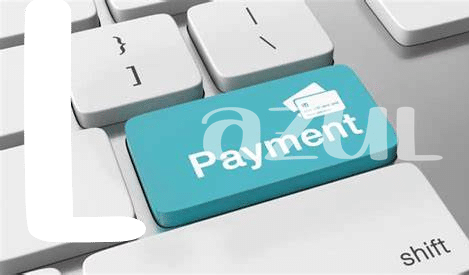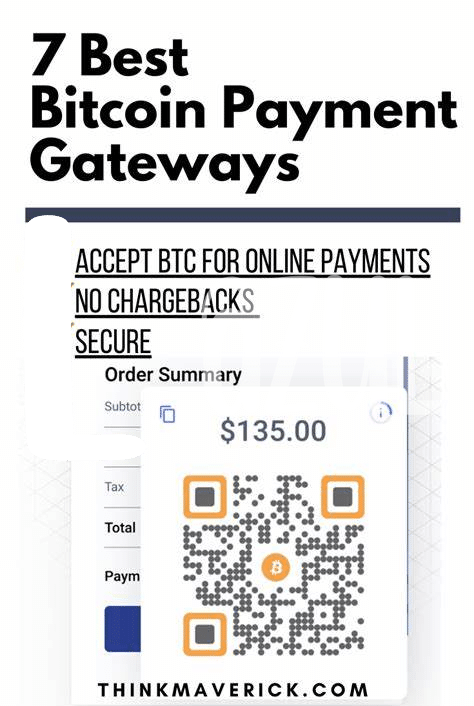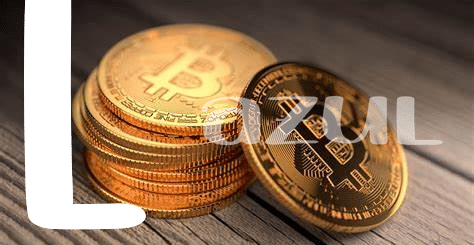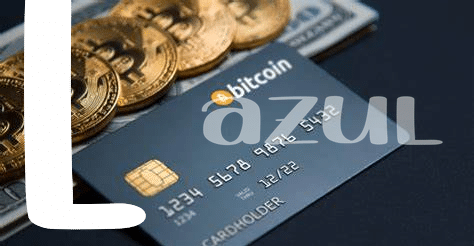🌍 What Is Bitcoin and How Does It Work?

Imagine diving into a treasure chest, but instead of gold coins, you discover digital money called Bitcoin. This fascinating form of currency operates without a boss like a bank or government telling it what to do. It’s like a community project where everyone helps to manage and secure the system by using their computers to keep track of all transactions. This system, known as blockchain, is like a digital ledger that’s open for everyone to see, ensuring that every Bitcoin exchange is transparent and fair.
| Feature | Description |
|---|---|
| Digital Currency | Bitcoin is virtual money you can use to buy things online and, increasingly, in the real world. |
| Blockchain Technology | A transparent, secure ledger where all Bitcoin transactions are recorded, making it nearly impossible to cheat the system. |
| Decentralized | No single institution controls Bitcoin, making it a currency by the people, for the people. |
To own or trade Bitcoin, you don’t need a physical wallet, just a digital one, which can be an app on your smartphone or a software on your computer. It’s as if every time you use Bitcoin, you’re saying “no thanks” to the traditional bank queue and stepping into the future of money, where transactions happen directly between people, swiftly and without hefty fees. This groundbreaking approach to money is not just about paying for things; it’s also a new way of thinking about what money is and how we can use it in our increasingly digital world.
💡 Benefits of Using Bitcoin for Payments
Imagine being able to send money to a friend halfway across the world in a blink, without worrying about hefty fees or the niggling delays of traditional banking. That’s one of the magic-like realities offered by Bitcoin, a groundbreaking form of digital money. Unlike regular transactions that have to go through banks, Bitcoin operates on a global network that makes sending and receiving payments as easy as sending an email, but much more secure. You’re in control of your money without needing a middleman, making it a swift and straightforward way to transfer funds.
Moreover, the beauty of Bitcoin extends beyond its speed and ease of use. It offers a cloak of anonymity, ensuring that your personal information is kept private from your transactions. Plus, with its global acceptance, you’re not restricted by borders; you can make payments or send money anywhere where Bitcoin is accepted. If you’re curious about stretching your understanding of Bitcoin’s potential beyond payments, dive deeper into its diverse applications, including earning interest on your digital assets. For beginners interested in this avenue, a visit to https://wikicrypto.news/essential-guide-to-bitcoin-interest-accounts-for-beginners can offer insightful guidance on how to safely grow your Bitcoin wealth.
🛡️ Keeping Your Bitcoin Safe and Secure

Imagine putting all your savings in a wallet, and then one day, it’s gone — not a situation anyone wants to be in, right? Well, keeping your digital coins secure is like safeguarding that wallet, but in the online world. It starts with a secret password, known as a ‘private key,’ which is your golden ticket to access your funds. Losing it is like losing the key to a treasure chest; you won’t be able to open it again. That’s why it’s crucial to store this key somewhere safe and secret. Then, there are digital safes, called ‘wallets,’ where you store your Bitcoin. Just like picking a sturdy, reliable lock for your real-life wallet, choosing a wallet from a reputable source is key. Also, just as you wouldn’t announce to the world when you’re carrying a lot of cash, being discreet with your Bitcoin details online is smart. Lastly, just like you might have a secret spot for extra cash at home, keeping a backup of your wallet in a second, secure location is a great safety net. In the digital age, being your own bank means taking the security of your digital coins into your own hands.
💱 Understanding Bitcoin Transactions and Fees

When you dive into the world of Bitcoin, it’s like learning a new game. Each transaction you make with Bitcoin is recorded in a digital ledger, a bit like a game score that everyone can see but no one can cheat. This is part of the magic behind bitcoin and public ledgers suggestions. The catch? Well, sending Bitcoin from one person to another involves a small fee. This isn’t like the fees your bank charges; it’s paid to the network of computers that keep the game running smoothly by verifying transactions. It’s a bit like tipping the dealer at a card table. The cool part? These fees can vary depending on how busy the network is. It’s a bit like ordering a cab; the busier it is, the higher the charge.
Understanding these fees is crucial because it helps you plan the best time to make a transaction. Just like you might avoid ordering a cab during rush hour to save on costs, you can choose to send Bitcoin when the network is less busy, making your transaction fees lower. Keep in mind, every Bitcoin transaction is unique. The amount of data in each transaction can affect the fee too, similar to how a heavier package can cost more to ship. This world might seem a bit complex at first, but once you get the hang of it, you’ll navigate the waters of digital currencies like a pro, enjoying the autonomy and excitement that come with decentralized payments.
🤖 How to Make a Payment Using Bitcoin
Imagine you’re at a virtual checkout, eager to use your digital coins for a purchase. The process is quite straightforward, but let’s break it down, ensuring you’re set for a smooth transaction. First, you need a digital wallet—think of it like an online bank account, but for your Bitcoin. Once your wallet is set up and filled with Bitcoin, the adventure begins. You select Bitcoin as your payment method at the checkout. The merchant will then display a unique QR code or a long string of numbers and letters—this is their Bitcoin address. Using your wallet, you scan the QR code or enter the address manually, specify how much Bitcoin you want to send, considering the current exchange rate, and hit send. Within minutes, your payment is processed, securely and without fuss. It’s a bit like sending an email, but what you’re sending is digital money.
Here’s a simple breakdown of making a Bitcoin payment:
| Step | Action |
|——|——–|
| 1 | Choose Bitcoin at Checkout |
| 2 | Scan QR Code or Enter Merchant’s Bitcoin Address |
| 3 | Enter Payment Amount |
| 4 | Confirm and Send Payment |
This method not only shields your financial details from prying eyes but also trims down the transaction fees, making it a smart choice for both you and the merchant. As you get comfortable with these steps, you’ll find Bitcoin payments to be a breeze, setting you on a path of financial autonomy and efficiency.
📈 the Future of Bitcoin in Decentralized Payments

As we peer into the digital horizon, it’s becoming increasingly clear that Bitcoin isn’t just sticking around; it’s paving the way for a major shift in how we think about and handle money. This nifty digital cash has shown us a world where transactions can be both global and immediate, without the hassle of traditional banking systems. Imagine sending money across the world as easily as sending a text message – that’s the future Bitcoin is building. What’s even more exciting is the growing ecosystem around Bitcoin, from bitcoin and nfts suggestions that let your digital cash work for you, to innovative uses that haven’t even been dreamed up yet. With every tech-savvy individual taking notice, and more businesses getting on board, we’re looking at a future where decentralized payments aren’t just an option; they’re the norm. As we step into this new era, the potential for growth, innovation, and financial freedom looks boundless, making it an electrifying time to be part of the Bitcoin journey.
